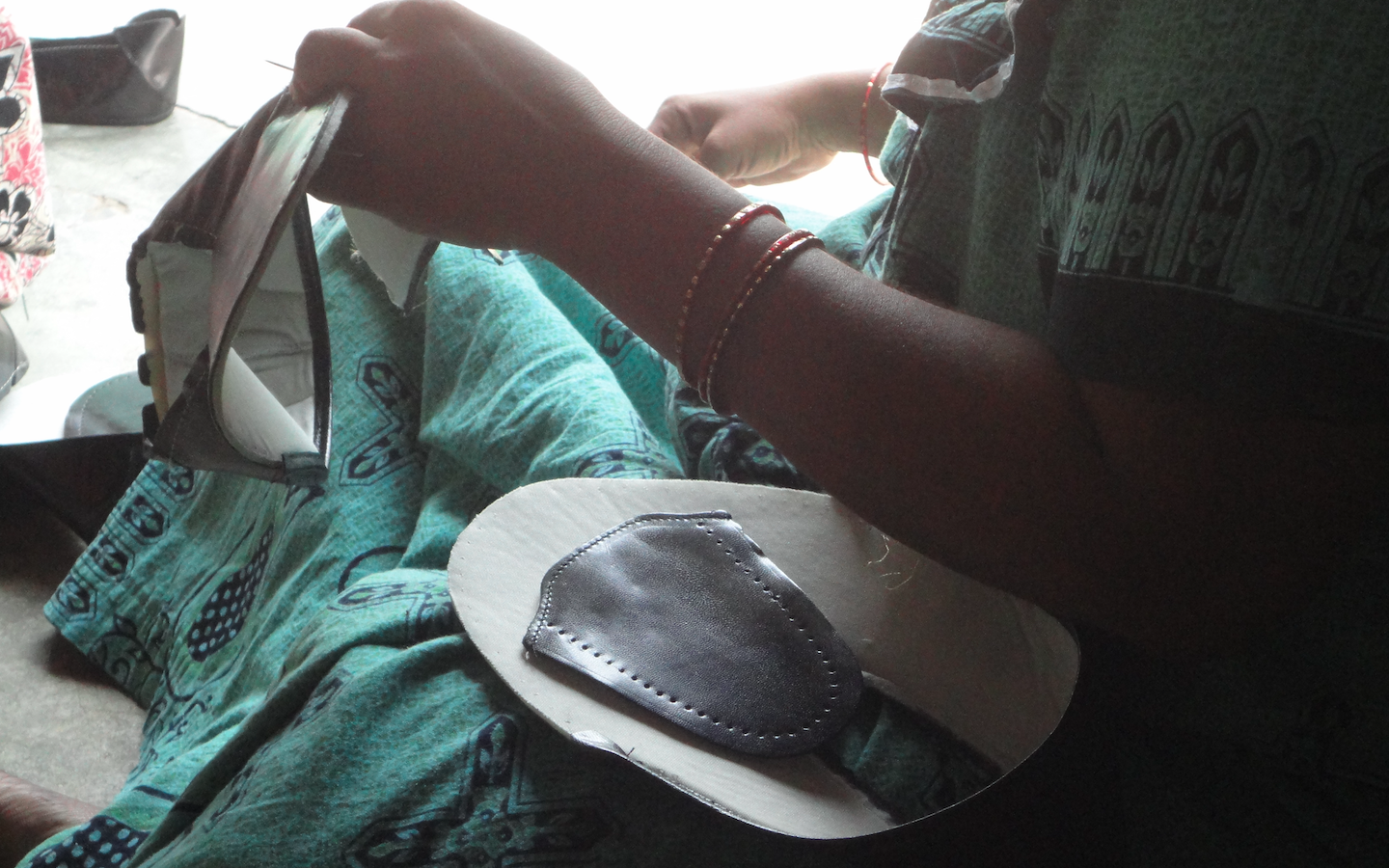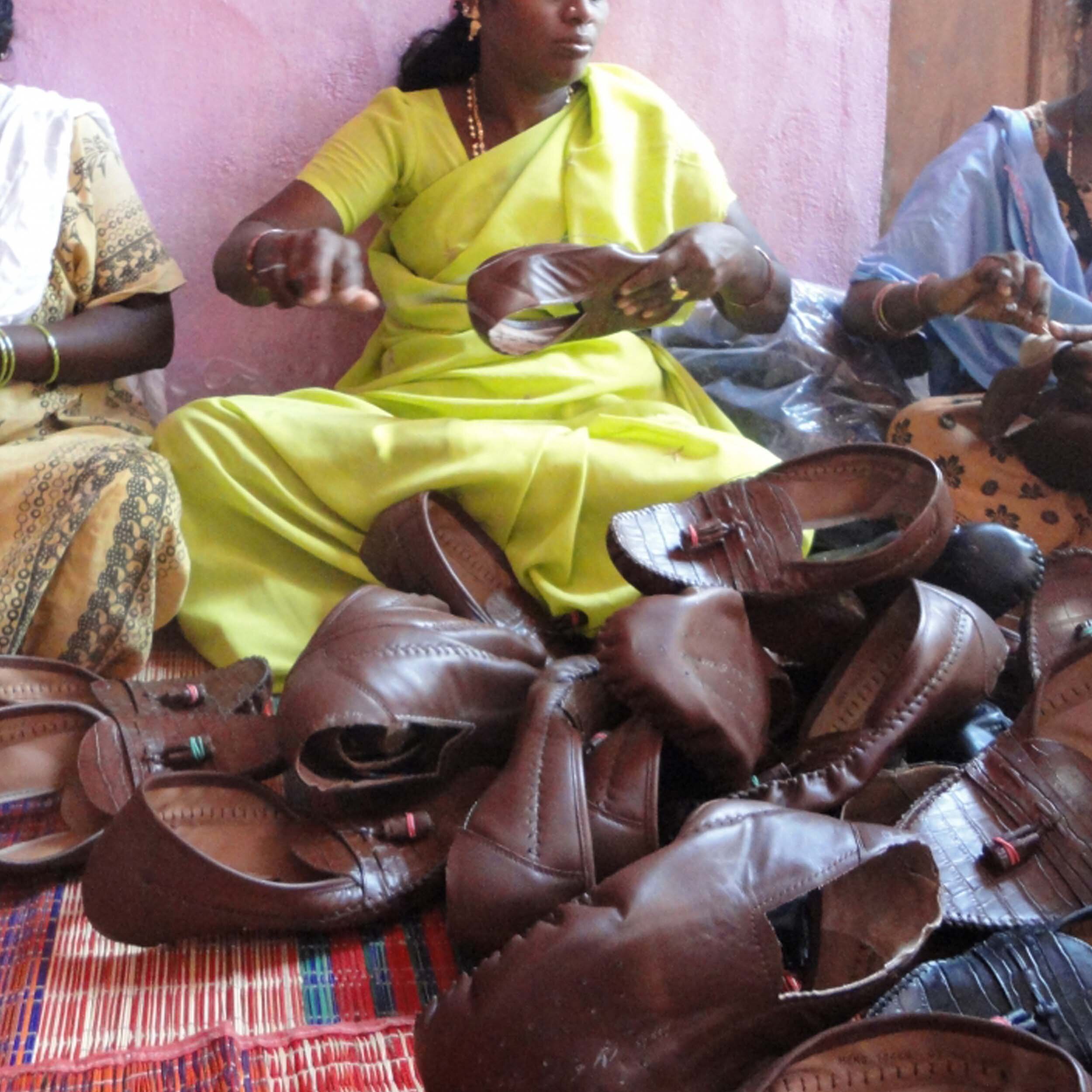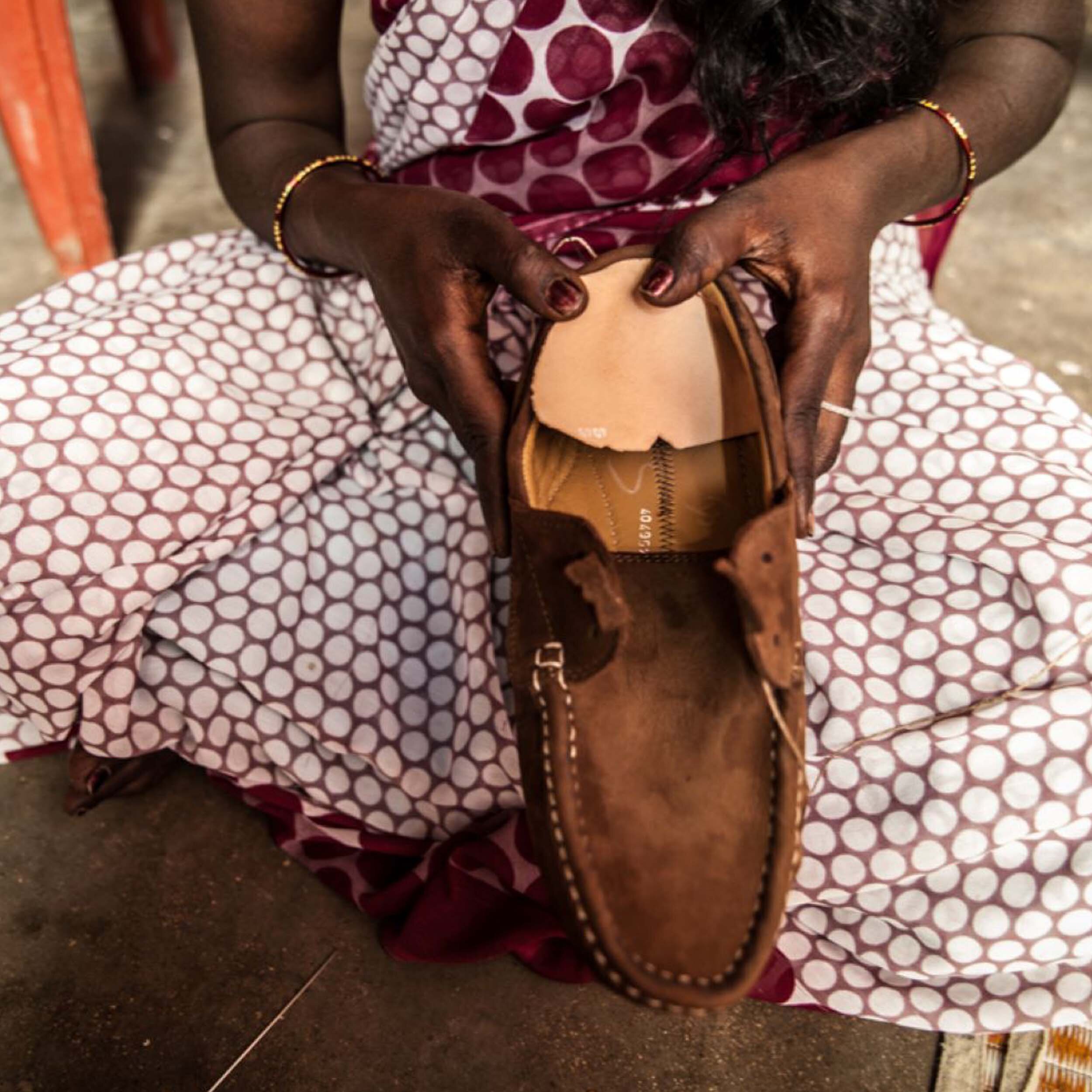
Supply Chain Mapping
In contemporary fashion retail, speed and flexibility are just as important as price in keeping brands competitive.
Supply chains are incredibly complex and the use of homeworkers is more common than most companies think. Homeworkers often play a key role by providing a flexible and skilled source of labour, helping suppliers and subcontractors manage fluctuating demands.
Production is frequently outsourced by suppliers to subcontractors who then pass the work on to homeworkers (often via agents or other intermediaries in-between). Many of these transactions are informal, and without transparency and traceability the risk of exploitation increases.
Brands are often in denial or unaware about the use of homeworkers within their supply chains but they have a duty of care to all the workers who make their products.
What can brands do?
Full transparency, right down to the homeworker level, is only possible by efficiently mapping the supply chain. This can benefit brands and homeworkers in the following ways:
In depth understanding of the current dynamics in the supply chain and their implications for the working lives of homeworkers.
Strengthened supply chain management.
Improved communication and coordination between key players (brand, supplier, contractors, intermediaries, homeworkers)

Case Study: Pentland Brands
In 2016, HWW with partners Cividep India and the International Committee for the Netherlands, approached many brands and large retailers selling shoes made in Tamil Nadu highlighting our concerns about the working conditions of the many homeworkers stitching the leather uppers.
Pentland Brands discussed our research with their suppliers in Tamil Nadu, and identified homeworkers involved in stitching the leather uppers for some of their shoes.
Between 2017-18 HWW, Cividep India and Pentland worked together on a supply chain mapping project to trace homeworkers in this supply chain.
Simple transparency tools were introduced to record the work done by the homeworkers, and the piece rate and payments received. Time and motion studies were carried out to establish a fair piece rate for the hand stitching work, and homeworkers' wages subsequently increased in line with this.
In 2018, we mapped a second supply chain in the same sector, and published a report outlining what was involved for brands seeking to demonstrate due diligence within these supply chains.
This approach works.
In our final confirmation exercise in 2019, all stakeholders in the Pentland project, including the homeworkers, confirmed that the piece rates rose by one third on average, a significant increase for these low paid women workers.
Our current EC funded project, Hidden Homeworkers, seeks to extend this supply chain mapping work into homeworker supply chains in textile and garment manufacturing in India, Pakistan and Nepal.
Resources
Gender equity in garment and footwear sectors
This 2020 report provides a Gender Analysis of our work to improve transparency and piece rates for homeworkers stitching leather footwear in South India. It was produced using a template from Bananalink and Women Working Worldwide, and extends their important series of gender case studies in agro-export industries into textile and footwear manufacturing.






